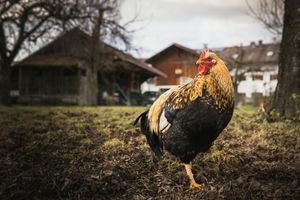
Symptoms can vary based on severity, one or both feet may be involved, and are graded on 1 – 7 scale.
Common causes include hard perches of uniform diameter (i.e. dowels), poor perch sanitation, overweight birds, nutritional, and/or abnormal weight loading due to injury of one leg. When more advanced, the secondary bacterial infection often caused by Staphylococcus sp., Streptococcus sp., and/or Pseudomonas sp. Infection may also be caused by Candida sp or Mycobacteria sp, but these are less common.
Trauma or self-mutilation may look similar in some cases.
Common recommended diagnostic tests include culture and radiographs (x-rays) to determine progression and bone involvement.
Treatment consists of prescription non-steroidal anti-inflammatory medications, antibiotics, topical ointments, and laser therapy. Bandaging may be necessary in some cases. It is imperative to improve sanitation if this is a concern and overweight animals should be encouraged to lose weight. While healing, remove (or add padding to) perches and/or keep the patient on padded (towel or rubberized foam) to lessen pressure on lesions. Once healed, ensure the patient has a variety of different sized uneven surfaced perches (no smooth dowel rods or sandpaper). Improve sanitation. Surgical debridement may be necessary in some cases as well.
Prognosis depends on severity and whether or not both feed are involved at time of diagnosis. Grades 1-3 have a fair to good prognosis with treatment. Grades 4 and 5 typically have guarded to poor diagnosis. Oftentimes, Grades 6 and 7 carry a grave prognosis even with the best treatment.
Rechecks as needed for wound management and ensuring improvement. Your veterinarian will recommend how often rechecks are necessary depending on the severity of the bird’s condition.
Copyright © All Rights Reserved
